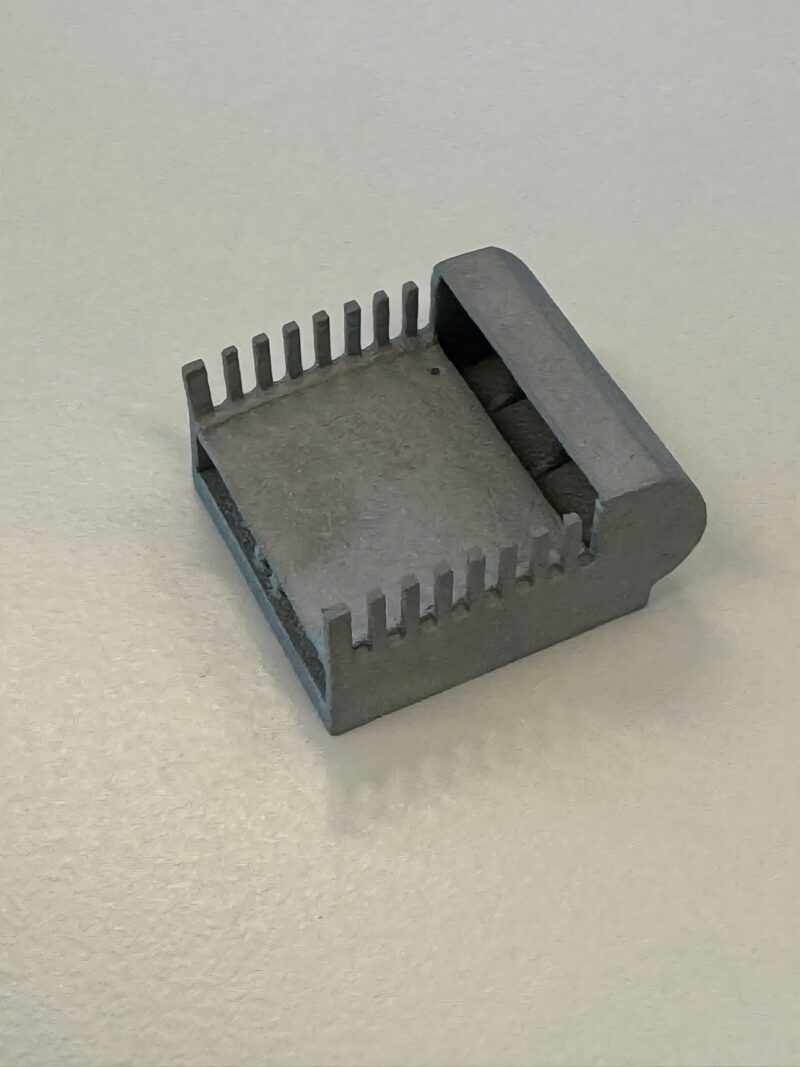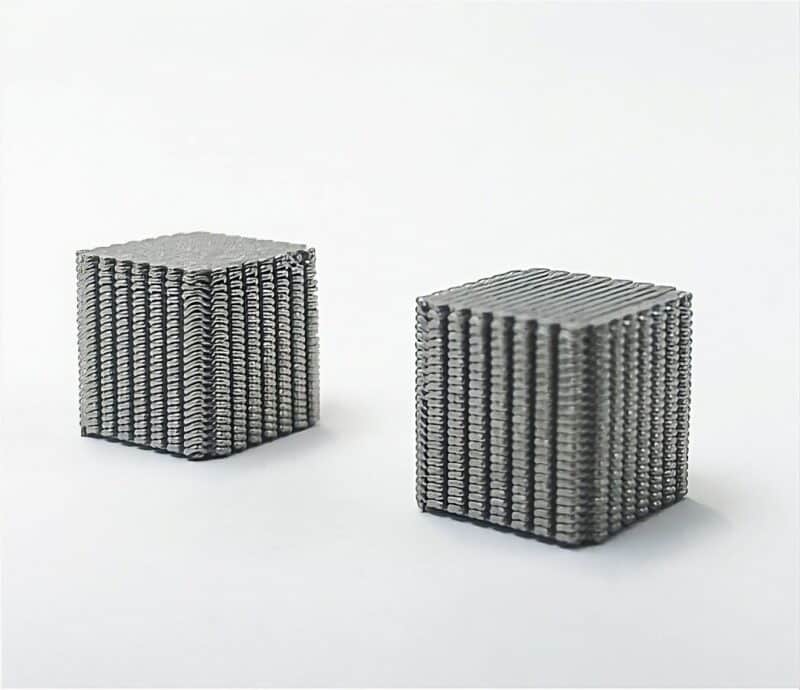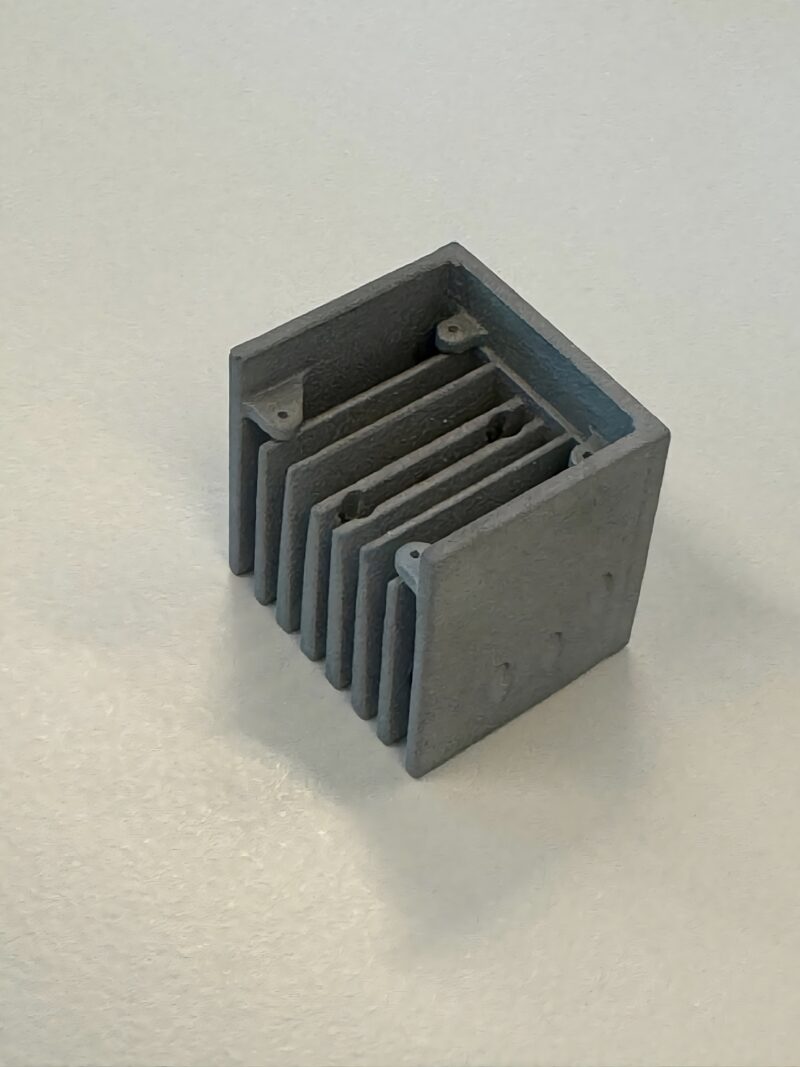3D printed heatsinks
AI development of topology optimization for heatsink and 3D printed
Generative design of heatsinks is essential in power electronics these days because the printed circuit board (PCB) has various shapes and sizes. A conventional heatsink is bulky in the circuit and less efficient in heat dissipation. Therefore, with powerful AI tools, automated heatsink design is achieved by implementing algorithms and simulations. After that, the model will be 3D printed and tested on the board.
Recent advancements in power electronics have resulted in components that are both more powerful and miniaturized. This progression, while beneficial, poses challenges in terms of thermal management efficiency and design footprint. Traditional heatsinks, while effective, are often bulky and cause significantly to the weight and spatial constraints of a printed circuit board (PCB).
Addressing these challenges requires a paradigm shift from conventional design approaches. A recent innovation integrates computational algorithms with thermal simulation tools to automate and optimize the design of heatsinks. This workflow can be broken down into three key phases:
- Initial Design Generation: Utilizing computational algorithms, an initial 3D model of the heatsink is generated. This model incorporates general constraints and desired properties set by the designer or based on the application requirements.
- Simulation and Analysis: The generated 3D model data is ported to a thermal simulation software, where its performance is evaluated under predefined conditions, like boundary conditions and surface conditions.
- Iterative Optimization: Post-simulation, feedback data is fed back into the computational algorithm. The algorithm, employing optimization techniques, refines the heatsink design, enhancing its efficiency and reducing its weight. This new design is then re-evaluated in the simulation platform. This iterative process continues until an optimal design is achieved, balancing both thermal performance and physical constraints.
Such an automated approach not only reduces the design cycle time but also tailors the heatsink design to specific PCB configurations. Furthermore, the final optimized designs are conducive to 3D printing, allowing rapid prototyping and potentially paving the way for bespoke thermal solutions in power electronics.


